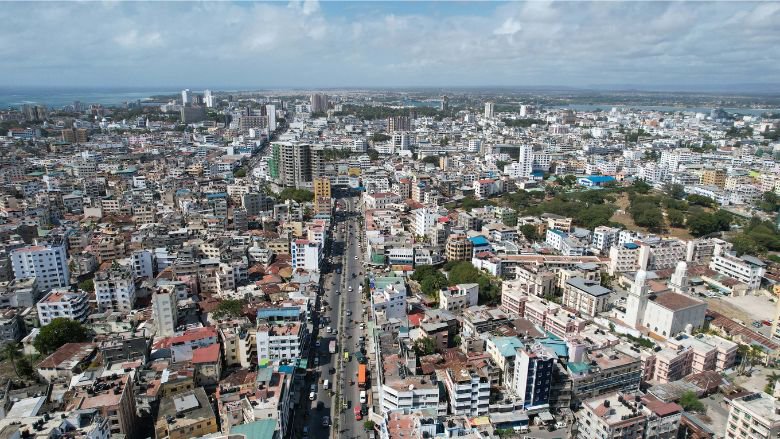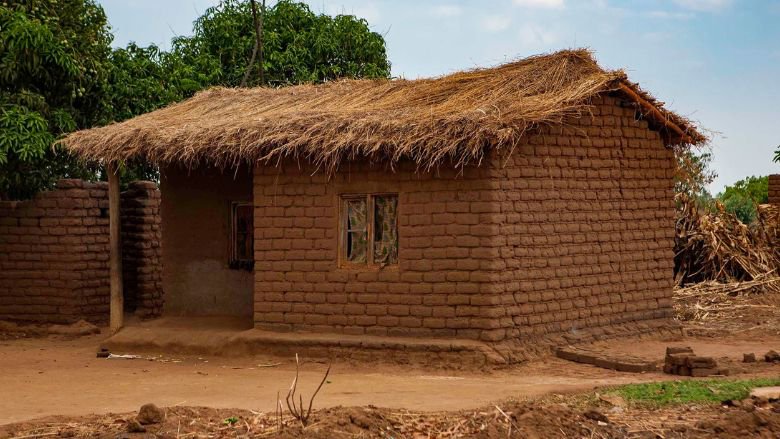Building regulatory frameworks, which comprise a set of laws, regulations and implementation mechanisms that reference the planning, design, construction, and control mechanisms, have proven to be the most effective tools to protect health and safety in the built environment and reduce disaster risk. This is especially true in Sub-Saharan Africa where population growth and a rapid transition from rural to urban development is expected to lead to a demand for hundreds of millions of new buildings over the next few decades. This study, Building Regulations in Sub-Saharan Africa: A Status Review of Sub-Saharan Africa’s Building Regulatory Environment, supported by the Global Facility for Disaster Reduction and Recovery (GFDRR), provides the first comprehensive snapshot of the building regulatory environment in the region. Data was gathered through a desktop review of regulatory documents from all 48 countries in the region, with additional information provided by survey data and interviews from public and private sector experts on the ground.
Tailored for the country context
In many countries in Sub-Saharan Africa, regulations are out-of-date and based on documents from the colonial era; often these have not been adapted to the country context in terms of planning, design for local climate and hazards, and construction practices. Because strong ties still exist to European building and construction practice, some countries have sought to update their regulations by adopting current European codes (for example, Eurocodes). Challenges remain in adapting these codes and standards so that they are appropriate for each country, and developing new regulations to fit specific country contexts.
In addition, most of the building stock in the region consists of small-scale residential buildings which were developed using non-engineered or vernacular construction methods by local communities. Therefore, simplified design provisions and/or guidelines for common types of small-scale buildings are needed, to provide enhanced safety for people who may not be able to afford buildings designed by professional designers or built with relatively expensive modern materials.
Non-Engineered House in Malawi
Source: tschuma417 / stock.com
Improved building regulations
Out of the 48 countries in the region, the study found that only four countries (Ghana, Rwanda, South Africa, and Uganda) have updated and reformed their building regulatory documents in the last decade. Although 45 countries have some form of legally adopted building regulations related to planning, permitting and/or building control, these regulations consist of an uncoordinated set of documents and/or are lacking specifications in key areas. For example, only in 25 countries have provisions related to building design, but these provisions are limited or lacking comprehensiveness. Other key areas that require improvement include coverage for provisions to reduce risk from natural hazards such as strong winds and earthquakes, and provisions to improve energy efficiency and promote green building practices.
Since many buildings have been developed outside the formal regulatory and control system, regulations and incentives are needed to upgrade and standardize them using a flexible and incremental approach.
Coverage of Building Regulatory Frameworks in Sub-Saharan Africa
Construction on risky or inappropriate sites
As a result of rapid urbanization and population growth, many buildings in the region are constructed on sites that are prone to flooding or have soil conditions that are inadequate to support safe construction. To prevent this, countries should invest in the development of hazard maps, ensure that development plans (land use or zoning regulations) are risk informed, and make sure that building control authorities put conditions or restrict development according to the level of exposure and risk in different areas.
Effective implementation of regulatory frameworks
Building regulations need to be easily accessible and widely disseminated. In the 25 countries where some design standards are in place, fewer than one-third of them have a unified document or a coordinated set of documents for their design provisions making them complex to access, understand and implement. In 20 of these countries, design standards are available online and are usually free.
Successful development and implementation of building regulatory frameworks also requires prioritizing investment in capacity building; as well as qualified and equipped building control staff in the public and private sectors, who need continuous guidance and training. Public communication campaigns are needed to raise awareness and to create a societal demand for safety, resilience, energy efficiency, and accessibility in the built environment. Other elements that could help with implementation are robust professional licensing mechanisms, and improved testing and quality control of construction materials. Proactive support from governments is critical to creating an enabling environment, particularly when new regulations, guidance, or building control systems are introduced.
Cross regional collaboration
To help strengthening building regulations in Sub-Saharan African countries, increased knowledge sharing and cross regional collaboration is needed, as some countries in the region are further along than others in their design and implementation of regulatory frameworks and could help those lagging behind. A strategic focus at regional level could also drive approaches to energy efficiency, sustainability, and climate change mitigation using building regulatory frameworks as a tool.
This study aims to support policy makers, city officials, building industry professionals, researchers, and planners in identifying entry points for national dialogue to improve building regulatory frameworks and implementation mechanisms. And together with them, the World Bank remains committed in Africa and around the globe, to supporting governments in their efforts towards a more resilient and sustainable built environment.


